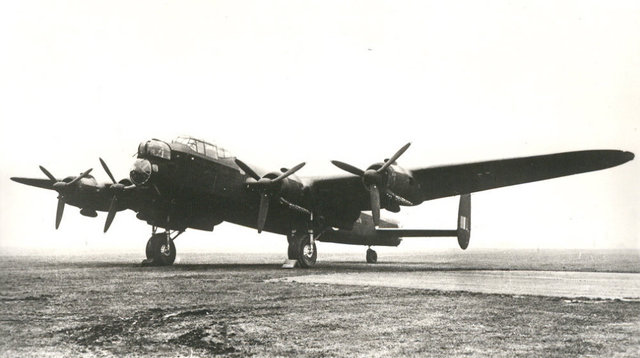
About This Unit

No. 115 Squadron RAF is listed on this site as one of the many RAF Squadrons in which RAAF personnel served, fought and died during WW2.
The Empire Air Training Scheme supplied tens of thousands of aircrew for the Royal Air Force (RAF) air war in Europe during WW II. While a number of so-called Article XV national squadrons were created in Fighter, Bomber and Coastal Commands of the RAF, the majority of Australian aircrew were posted, along with their Commonwealth colleagues, to RAF Squadrons as individual crew members,where they would 'crew up' often with a very multi-national aircrew comprised of men from all over the Commownwealth. Ground staff were similarly assigned.
No. 115 Squadron originated in WW1 but had been disbanded during the interwar years, to be re-raised just prior to the outbreak of WW2. It was equipped with the rugged and reliable twin-engined Vickers Wellington medium bomber, with which it carried out a wide variety of raids including mine-laying. It was attached to Coatsal Command briefly. Later it trialled the Gee navigation aid which dramatically improved navigation accuracy and therefore the effectiveness of bombing raids.
From 1943 the Squadron was equipped with the Lancaster Mk II, readily identifed by the fact that it had Bristol Hercules air cooled radial engines rather than the in-line liquid cooled Rolls Royce Merlins with which the Lancaster is most often associated.
By the end of the war, 115 was operating Lancaster MK I and IIIs and two of these aircraft logged 97 and 105 sorties respectively, way above the average.
No. 115 Squadron had one of the finest operational service records in Bomber Command.
It flew 261 bombing and 27 mine laying raids consisting of 4678 Lancaster sorties. This was the second highest number of sorties in Bomber Command. Arguably dropped the second greatest tonnage of bombs, approximately 23,000 tons.The squadron lost 110 aircraft (2.4 percent) in these raids. Suffered the most loses in the whole of Bomber Command. Ed note thi would be disputed by other squadrons and depends on how 'losses' are calculated. An additional 22 Lancasters were destroyed in crashes.
No. 115 Squadron continued in existence after the war operating Lancasters until 1949 when it re-equipped with the Avro Lincoln. More information on its post-war activity is in the MoD link in the side-bar.
We would particularly like to encourage individual historians researchers or members of unit associations to contribute to the development of a more detailed history and photographs pertaining to this unit and its members.
Please contact [email protected] (mailto:[email protected]) for details on how to contribute.
Stories
Lancaster Mk II - Hercules Radial Engines
See Main image
This was a MkII Lancaster built by Sir W.G. Armstrong Whitworth Aircraft Ltd., Whitley, Coventry. Part of the second production batch of 100 aircraft (LL617-LL653, LL660-LL704 and LL716-LL739) as part of contract No. 239/SAS/C4(C), all powered by Bristol Hercules XVI radial air cooled engines of 1,735 hp each.
Only 300 of these aircraft were built during a temporary hiccup in Merlin engine production. Deliveries commenced October 1943; completed March 1944 (average rate of production slightly over 4 aircraft per week). 115 was one of a very few Squadrons which operated this type.
The Hercules, a double-row, fourteen-cylinder, sleeve-valve radial engine was developed in 1936. Hercules production continued through the Second World War years when it was used in the Wellington, Stirling, Halifax and Beaufighter as well as the Lancaster.
Even though the Hercules XVI engines were more powerful than the legendary Merlin power plant, they did not give the Lancaster better performance. The Hercules engines used more fuel and caused more drag thus the rate of climb, top speed and range were less than that of the Lancaster Mk. I.
Paradoxically, the Handley Page Halifax performed best with the big radial engines, and when an attempt was made to fit Merlins they did not perform as well as the radial engines mated to the Halifax airframe.
Submitted 3 October 2015








